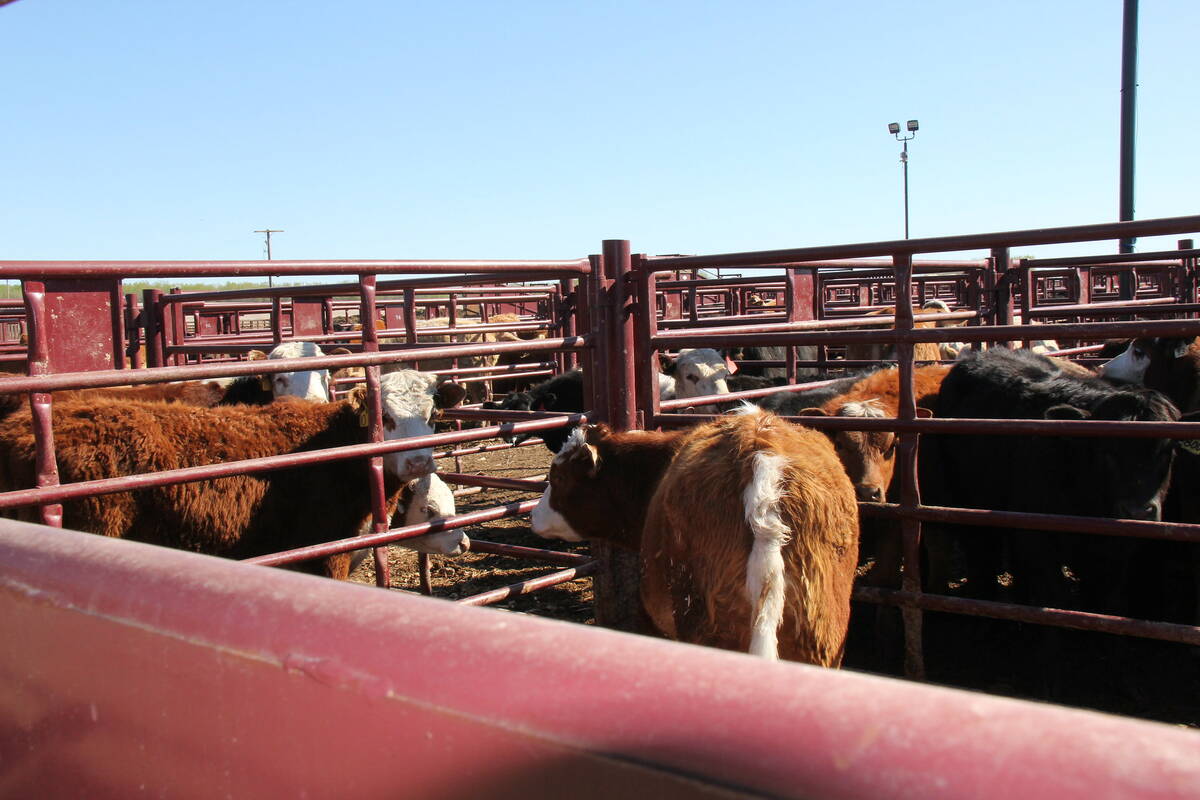WATERTON, Alta. – Preserving nearly 30,000 acres of pristine native grassland in southwestern Alberta has netted the Nature Conservancy of Canada and its supporters an Emerald Award.
The Alberta awards are presented annually to recognize environmental excellence.
The winning project, known as the Waterton Front Park, bought and preserved heritage ranchlands in the foothills region of the province, making it the largest land conservation project in Canada. Partners in the project include the nature conservancy, the W. Garfield Weston Foundation and the John and Barbara Poole family of Edmonton. Although no price tag was put on the project, it would be in the multi-millions of dollars.
Read Also

Livestock movement scanner looks for proving ground
The Canadian Cattle Identification Agency (CCIA) will test new technology intended to simplify the recording of animal movements, linked to proposed federal livestock traceability regulations.
It is beside Waterton Lakes National Park and contains about 700 plant species and wildlife, said Kim Pearson of the nature conservancy. The area is prime habitat for grizzly, black bear, cougar, wolf, moose, elk, and white-tailed and mule deer.
“It’s a testament to what the ranchers have done here to maintain biodiversity,” said Pearson.
This is a working landscape and the conservancy helps ranchers preserve the range and riparian areas as well as manage weeds. The land is in reasonable shape and with continued work it should improve. It is not generally open to the public.
“It is all about keeping the cattle on the landscape because ranching has been a very conservation friendly industry,” she said.
The land has been plagued with weeds like Canada thistle, tall buttercup and dalmation toadflax. The conservancy range managers believe with adequate rest and proper grazing rotations, weeds can be controlled and native grasses like rough fescue, Parry oat grass and June grass can be restored.
The area first came to the conservancy’s attention about 10 years ago when word was received about threats of encroaching development. Protection against housing subdivisions was becoming increasingly difficult for local landowners.
The nature conservancy stepped in and when a half section of land on the boundary of the park came up for sale, it obtained the necessary money from the Weston foundation.
Over the next several years, the conservancy and foundation worked with landowners to negotiate deals that would help protect their land for the long term, either through direct purchase or by placing conservation easements on their properties.
Ultimately the foundation working with local ranchers was able to set aside more than 100 sq. kilometres to be preserved in perpetuity. The land is leased back to the ranchers.
The foundation is an endowment from the Weston family, owners of the Loblaw group of food retailing, processing and distribution companies.
It focuses its support on organizations that do innovative work in the areas of the environment and education.















